Zagreb, the capital city of Croatia, has a lot to offer. While you won’t find the beaches or the Adriatic Sea, you will find culture, history, restaurants, shopping, bars, and more. The city has three main sections; the Upper Town is a thousand years old and has the Presidential Palace and St. Mark’s Church. Lower Town dates to the 19th century and features theatres, restaurants, shops, and more and New Zagreb was constructed following WWII and is less popular among visitors. You will actually find more museums in Zagreb per square foot compared to any other place in the world, making it hard to pick. These top attractions are ideal if you only have a short amount of time in the city.
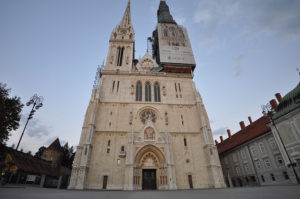 1: Zagreb Cathedral
1: Zagreb Cathedral
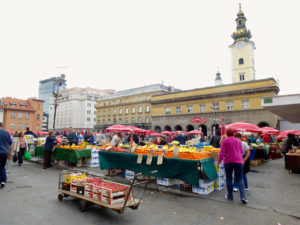 2: Dolac Market
2: Dolac Market
 3: Mirogoj Cemetery
3: Mirogoj Cemetery
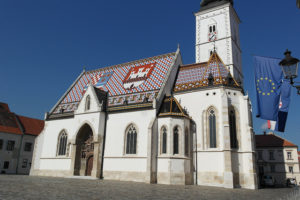 4: St. Mark’s Church
4: St. Mark’s Church
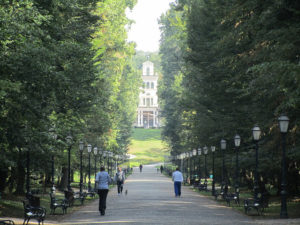 5: Maksimir Park
5: Maksimir Park
Website: www.park-maksimir.hr
 6: The Tower Of Lotrscak (Lotrščak Tower)
6: The Tower Of Lotrscak (Lotrščak Tower)
 7: Mimara Museum
7: Mimara Museum
Website: www.mimara.hr
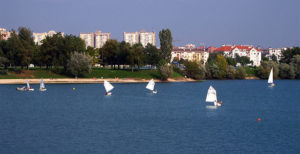 8: Jarun Lake
8: Jarun Lake
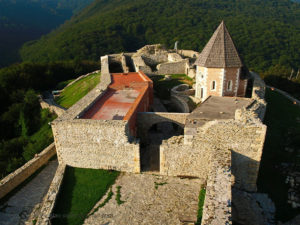 9: Mount Medvednica
9: Mount Medvednica
Website: www.lonelyplanet.com
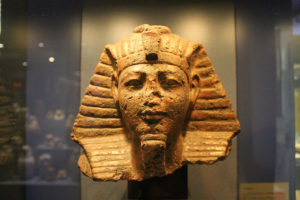 10: Archaeological Museum
10: Archaeological Museum
Website: www.amz.hr
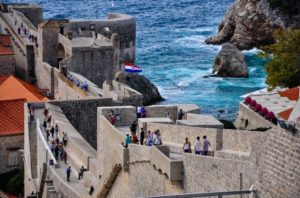 1: The City Walls
1: The City Walls 2: Franciscan Monastery
2: Franciscan Monastery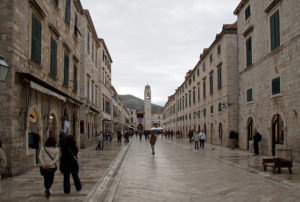 3: The Stradun (Placa Street)
3: The Stradun (Placa Street)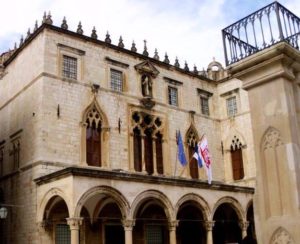 4: The Sponza Palace (Palača Sponza)
4: The Sponza Palace (Palača Sponza)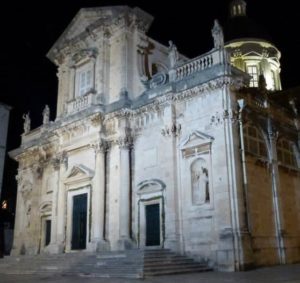 5: Cathedral of the Assumption of the Virgin
5: Cathedral of the Assumption of the Virgin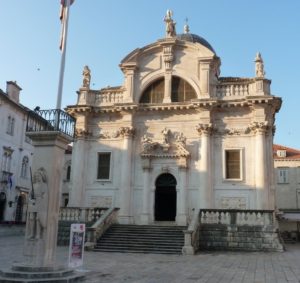 6: The Church of St. Blaise
6: The Church of St. Blaise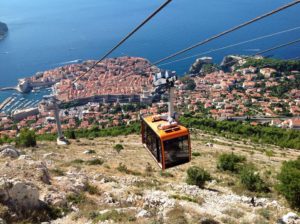 7: Dubrovnik Cable Car
7: Dubrovnik Cable Car 8: Island of Lokrum
8: Island of Lokrum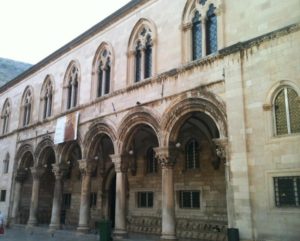 9: Rector’s Palace
9: Rector’s Palace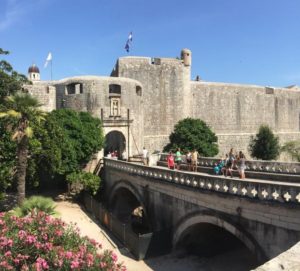 10: Pile Gate
10: Pile Gate